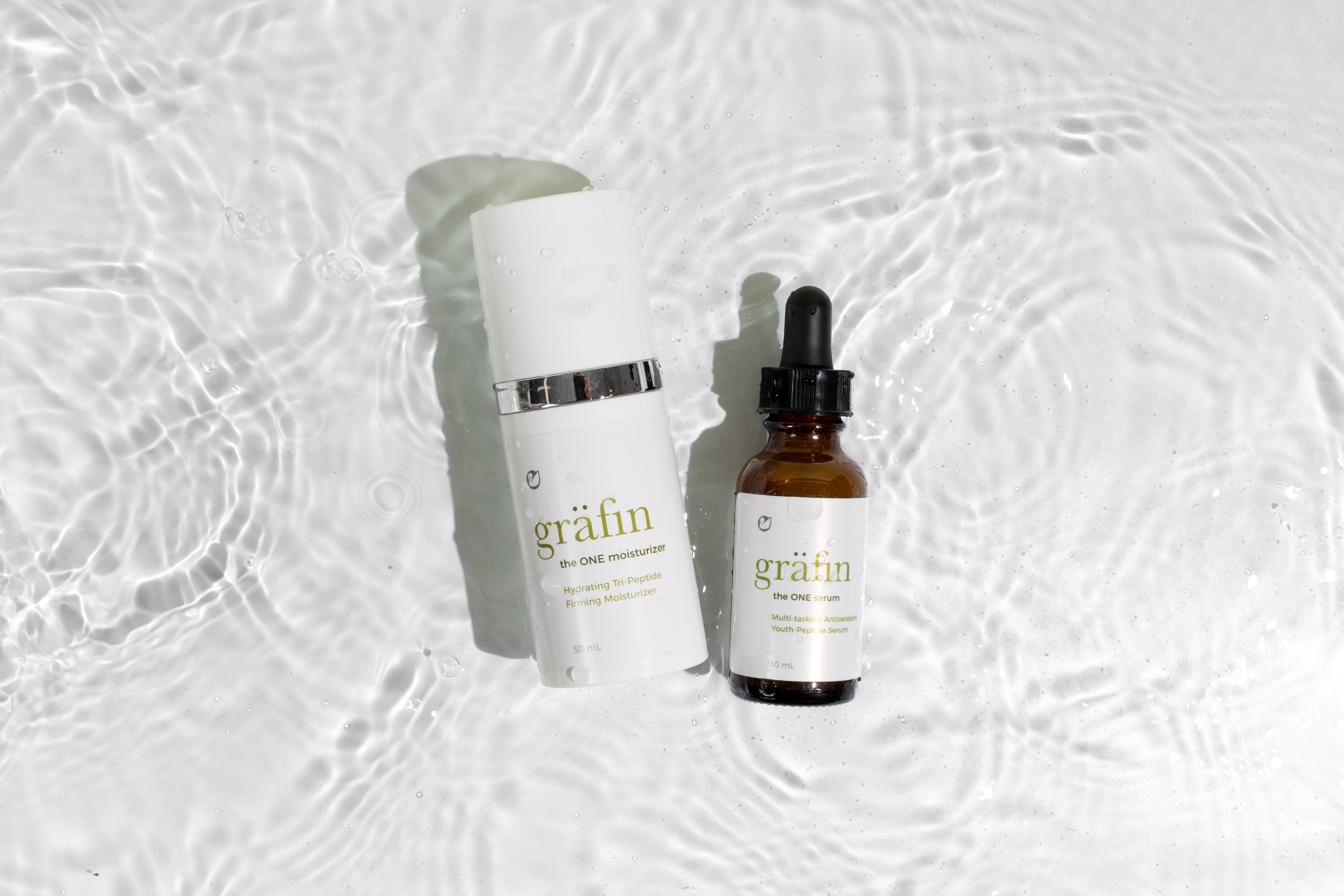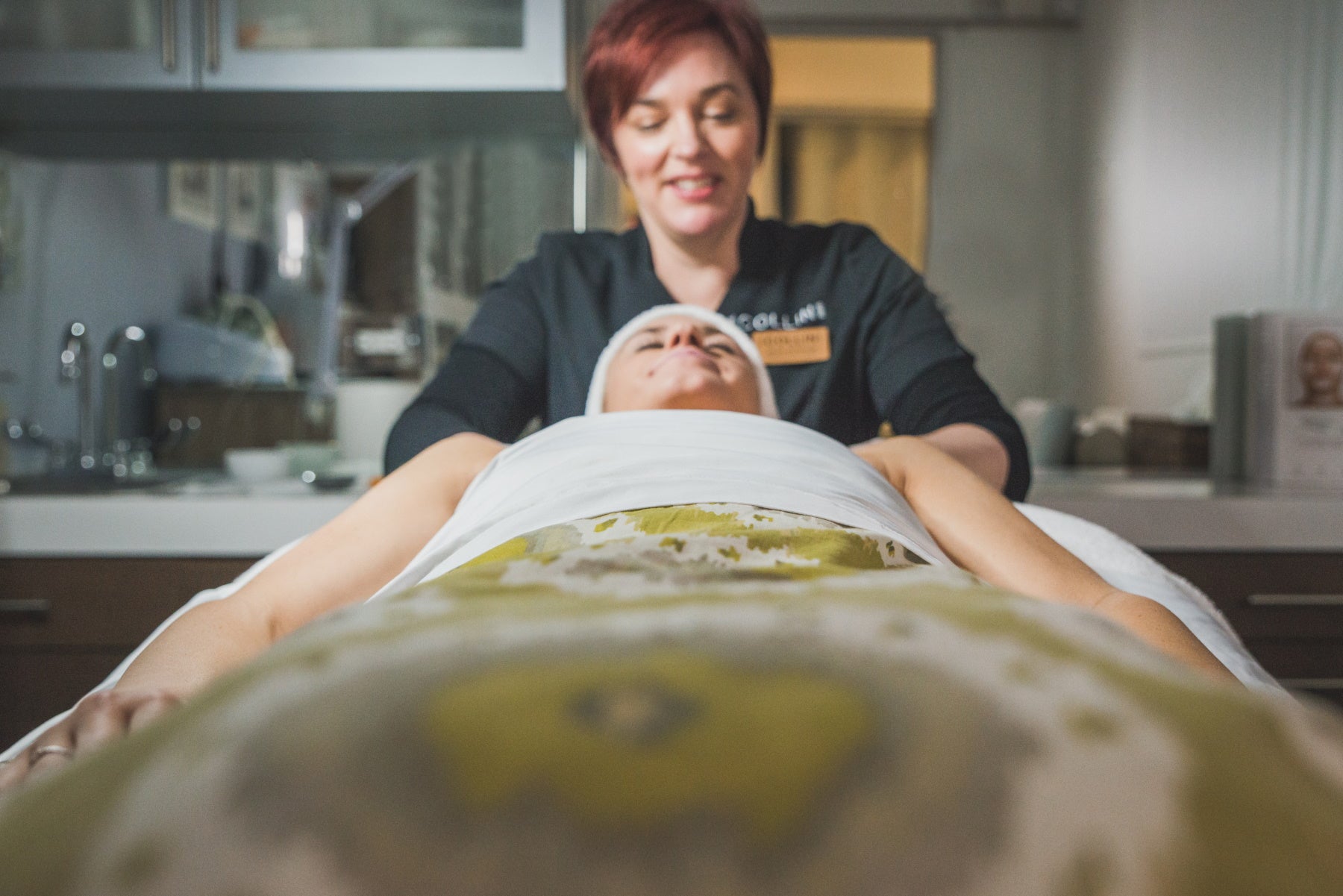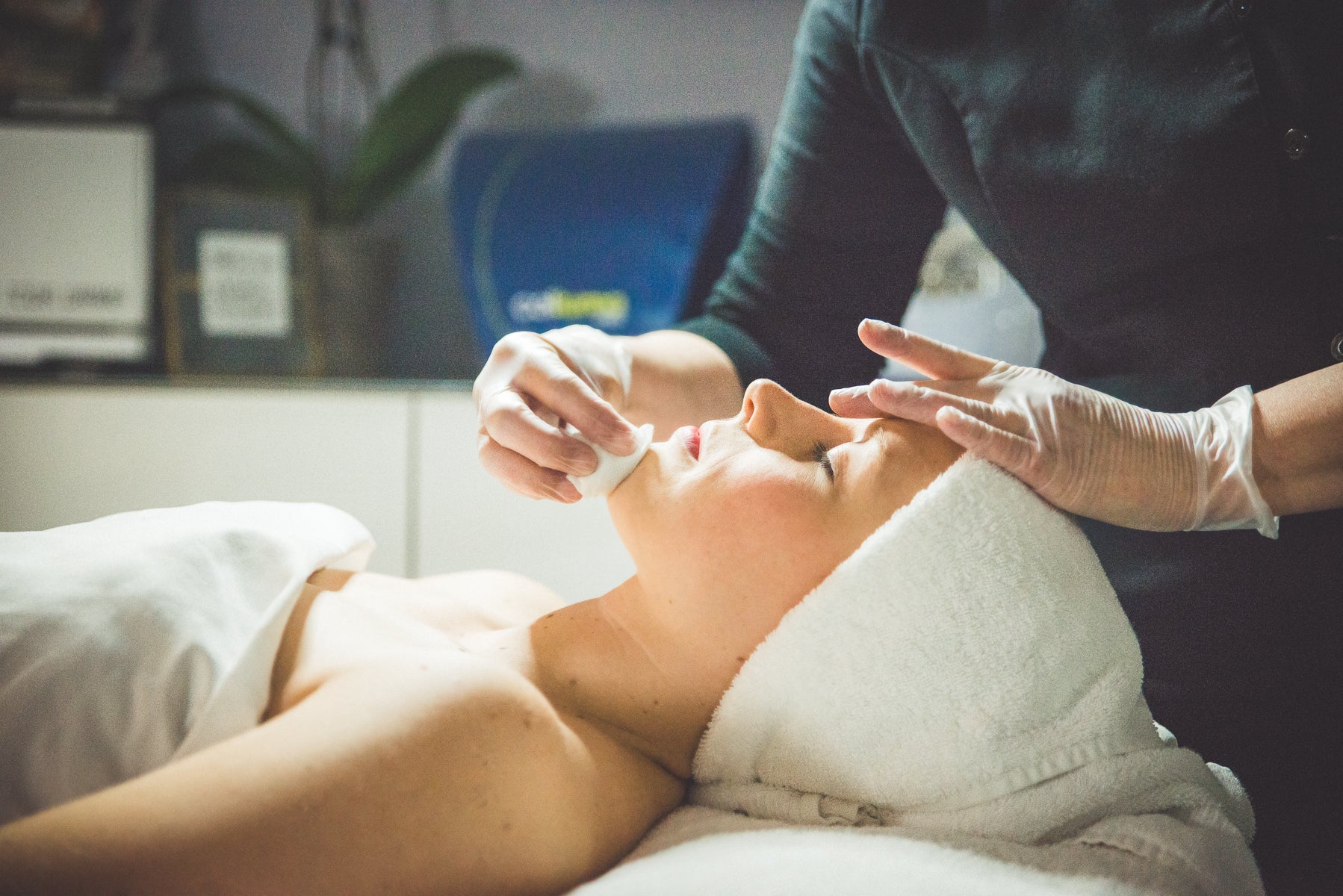What is Skin PH
Have you ever bought a dry skin product and after a few days your skin felt drier than before you started? Or that your skin flips between oily and dry at a whim? If you have you have experienced balance issues with your skin. Similar to balancing your hormones, balancing skin can be quite tricky and oftentimes a bit of a trial and error process. There are ways to shortcut the experimental process, one of which is managing the pH of your products.
pH stands for potential hydrogen and it measures the acidity and alkalinity of substances. The range is 0-14, 14 being very alkaline (often called a base) and 0 marking the lower end of the acid scale. 7 is true neutral, like pure water, but our skin isn’t neutral, in fact water can throw off the skin’s proper pH.
Let’s unpack what I just said, our skin is protected by a natural barrier called the acid mantle that stops damage from things like bacteria, pollution, allergens, by maintaining the skin’s moisture levels. A properly functioning acid mantle should stay slightly acidic with healthy skin falling between a pH of 4.5-6. Just about everything out there is trying to throw the skin’s pH off including humidity fluctuations, the sun, and skincare products.

When you hear that skincare products have been pH balanced, it means that the chemists have formulated it to strike a balance between product performance and the pH that the skin needs to be healthy. That means that the product can fall above or below the skin’s natural pH sweet spot to achieve a desired action (for example some peels drop to a pH of 2.0 with the purpose of breaking the skin balance and cause a massive skin shed).
Ok enough with the science, let’s get to the nuts and bolts of what is happening in our skin. Dry and sensitive skin is generally too alkaline. The more alkaline your skin is the more likely you are to show signs of premature aging. Be cautious of bar soaps that claim to moisturize as they wash (I’m looking at you Dove), because they can raise the skin’s pH above optimum levels and lower the acid mantles ability to protect.
Oily or breakout prone skin tends to be too acidic. Acidic skin can react by getting angry, red and sore. Over exfoliating is often a culprit in causing overly acidic skin. Watch out for old fashioned toners, once formulated to correct for alkaline cleansers, because they are often an easy fix for a pH that is too low.






Leave a comment
This site is protected by hCaptcha and the hCaptcha Privacy Policy and Terms of Service apply.